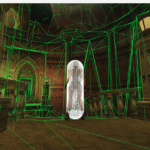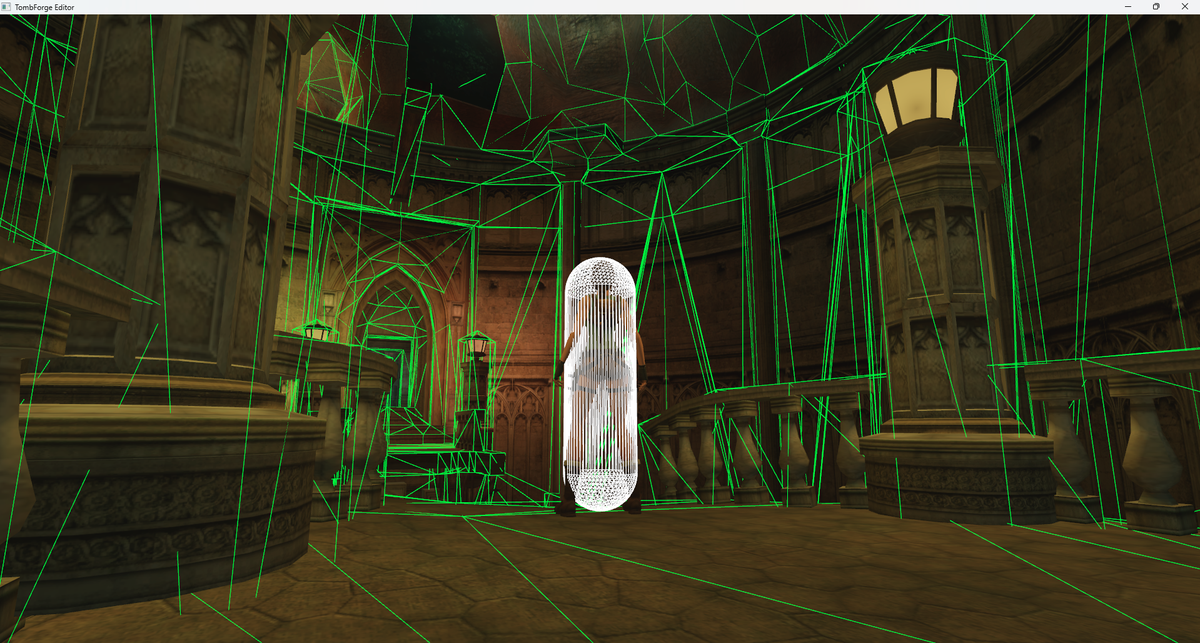Interested in the technical side of retro gaming? A brand-new engine specifically designed to develop and play modern-looking Tomb Raider levels is in development. Called TombForge, this is currently a work-in-progress engine that’s incorporating a lot of advanced features.
TombForge: PBR and physics for realistic tomb raiding
The goal of TombForge is clearly to retain the classic level design structure of the original games while injecting modern rendering fidelity.
It’s doing this with several key technical features:
- Physically Based Rendering (PBR): The engine uses the Cook-Torrance BRDF (Bidirectional Reflectance Distribution Function), meaning it’s capable of using roughness and metalness maps alongside normal maps. This is crucial for creating realistic-looking graphics where materials react to light properly. You can see the result in the screenshots, where the lighting fundamentally changes the scene.
- Physics System: It includes a powerful, modern physics system thanks to the integration of the Jolt SDK. This should mean much more realistic movement, object interaction, and destruction than was possible in the original engines.
- Skeletal Animation: The 3D animation system is robust, supporting up to 127 bones and featuring root motion support—essential for smooth, modern character movement.
This release comes just a few weeks after the release of open source builds of the original Tomb Raider games.
Built-in editor and streamlined development
TombForge is being built as a self-contained system. The editor is built into the same codebase as the engine, allowing for a streamlined workflow with different editors for different assets. This integration means creators can work quickly to build and iterate on their custom levels.
With its own 3D animation and rendering systems, serialization, and a dedicated audio system, TombForge looks like it’s aiming to be the definitive modern toolkit for recreating and expanding the classic Tomb Raider universe.
You can keep an eye on this project on its GitHub page.
(Hat-tip 80.lv)
Affiliate Disclosure: Some of the links in this post may be affiliate links, which means I may earn a small commission if you make a purchase through those links. This comes at no extra cost to you. Thank you for your support!
Christian Cawley is a writer and editor who covers consumer electronics, IT, and entertainment media. He has written for publications such as Computer Weekly, Linux Format, MakeUseOf.com, and Tech Radar.
He also produces podcasts, has a cigar box guitar, and of course, loves retro gaming.



